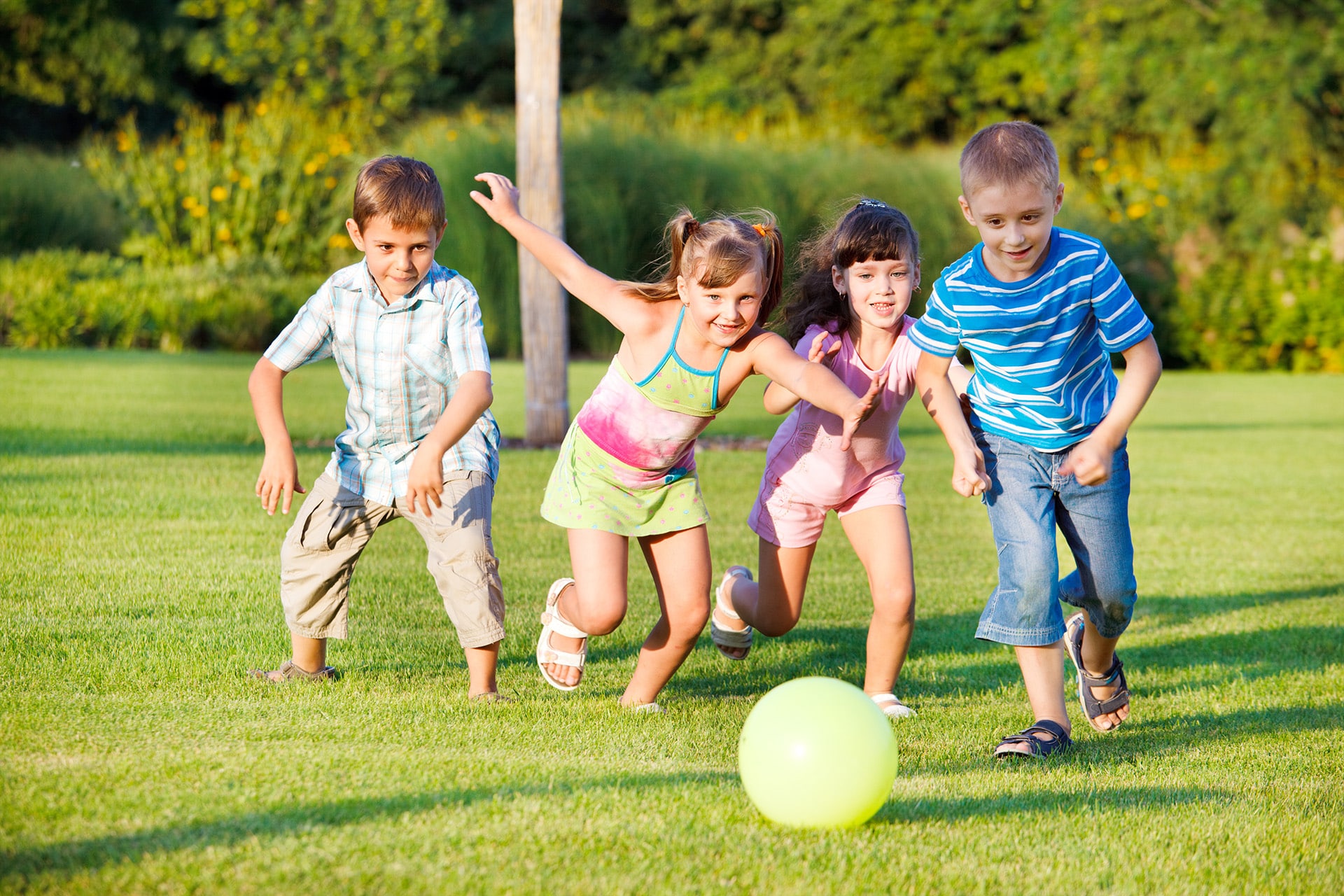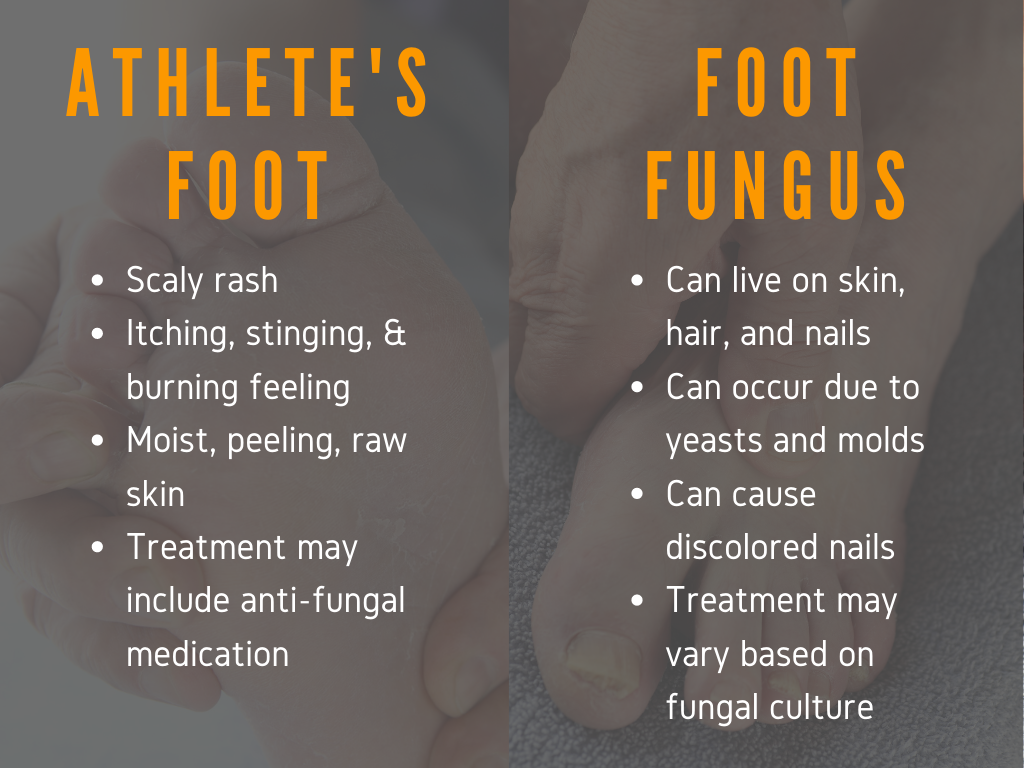
Springtime weather is here, and many places are starting to loosen restrictions as the COVID-19 pandemic comes under control. As the days grow longer, the sun shines stronger, and people feel more comfortable gathering outside, people of all ages are returning to playing sports. Teams are meeting up for practices and games, but many of us haven’t kept up with our normal activity routines during the pandemic. While returning to sports after taking such a long hiatus helps bring everyone back to a healthier lifestyle, it puts everyone at a higher risk for an injury. While there are helpful steps to take to reduce the chances of injury, all athletes assume some risk of injury and it’s important to know how to recognize and when to treat sports injuries.
With sports camps and school re-opening, more structured athletic activities have resumed. Kids and adults are increasingly likely to get back to playing sports in the near future, if they haven’t already. However, more time practicing and playing games means an increased risk of experiencing sports-related injuries. As it relates to your ankles and feet, some common cases include:
High contact sports like football can result in kids being rushed into the emergency room – or our office at Corona Foot and Ankle Group. We love helping individuals or groups who have a passion for sports, and provide superior foot and ankle medical support for parents and coaches around the Inland Empire.
The consequence for not having the right treatment can mean ongoing problems that will ultimately hinder playing a sport both in the short-term and the long-term.


“Don’t forget to make sure your child bathes as soon as they come home from play or practice and puts on a new, fresh pair of socks. It’s also recommended to sleep barefoot to give your feet time to breathe. Doing so can prevent both athlete’s foot and toenail fungus.” Dr. Amin D.P.M. DABMSP, principal doctor and founder of Corona Foot and Ankle group. If you or your child suffer from toenail fungus or athlete’s foot, please make an appointment with one of our doctors immediately.
It’s important that your young athlete learns to communicate any pain or discomfort as soon as possible to a trusted adult. Some kids may try to push through the pain in order to keep playing, but oftentimes this exacerbates the injury. If you notice a change in technique or a limp when running, this is likely a sign that your child is feeling uncomfortable and should be brought out of the game and assessed.
At any age, it is important for athletes to stop playing when they feel discomfort. If you or your child are experiencing consistent pain during or after sports, swelling around a joint, painful pops, or recurrent instability, please consider seeing a doctor as soon as possible.
Common sports injuries include tendon and muscle injuries, ligament injuries, and bone injuries. Tendon and muscle injuries are also known as strains and can cause pain in any muscular organ including nerves. Ligament injuries are when the fibrous tissue that connects two or more bones at a joint is sprained; ankle sprains are a common example especially in young athletes. Fractures and dislocations are extremely painful bone-related injuries that need immediate attention; these can include dislocating a ball and socket joint or a broken bone.
The immediate treatment of a sports injury can be critical to successful healing. While first-aid treatment is relatively standard, it’s not universally applicable. After first-aid is rendered and your child is as comfortable as possible with rest, ice, compression, and elevation, the important next step is to get a professional medical assessment and treatment as quickly as possible. Sports injuries affect people of all ages, but at Corona Foot & Ankle, we can help – from prevention to urgent care and everything in-between. Our children’s foot doctors can offer helpful tips and techniques for injury prevention and are well-equipped to deal with even the most urgent of injuries. At the extreme end, this includes reconstructive options if needed. To find out more about the doctors and services at Corona Foot and Ankle, contact us here now.
Have any questions about treatment? Feel free to make an appointment, Our team will reach you soon!
Contact Us